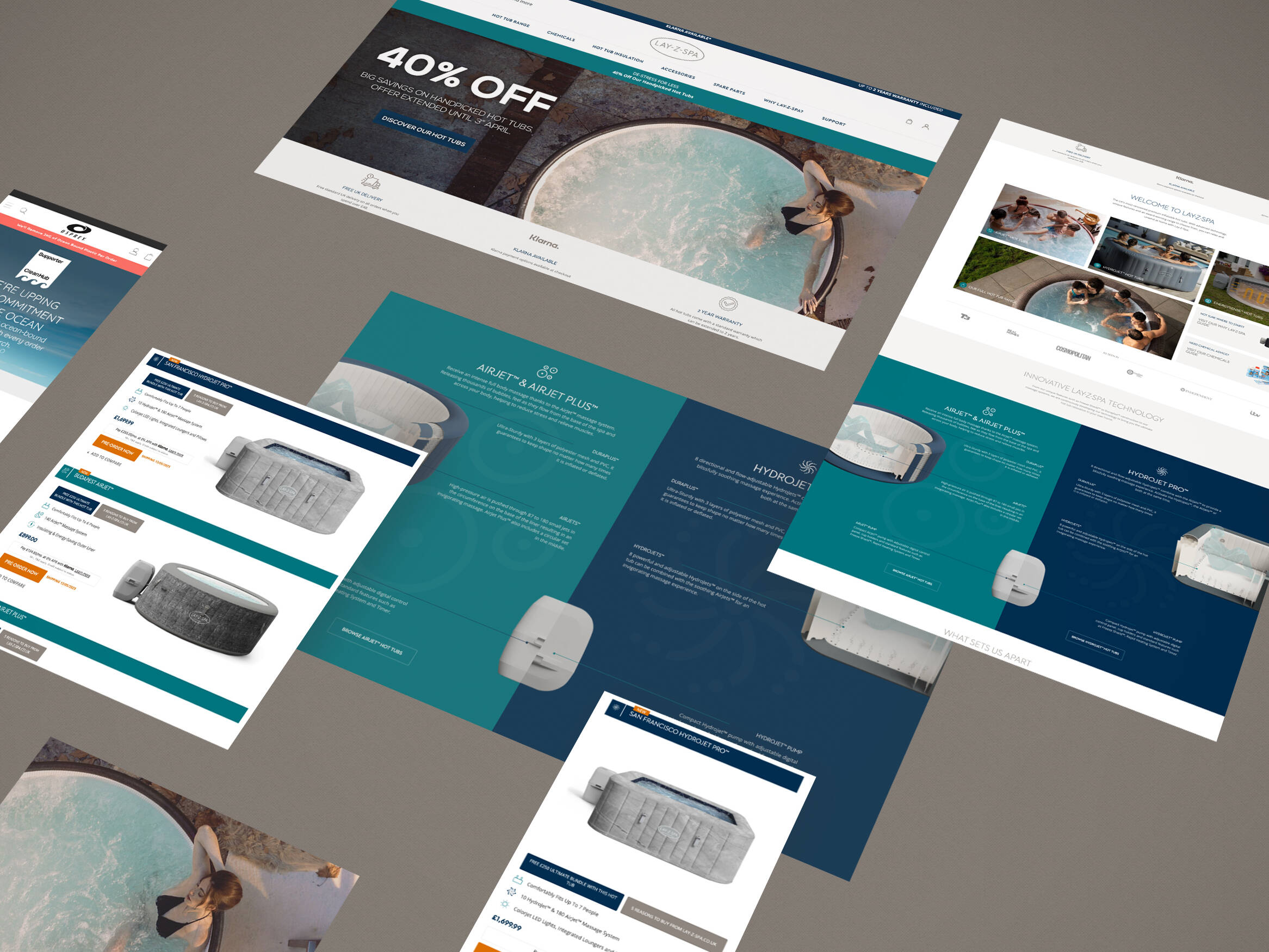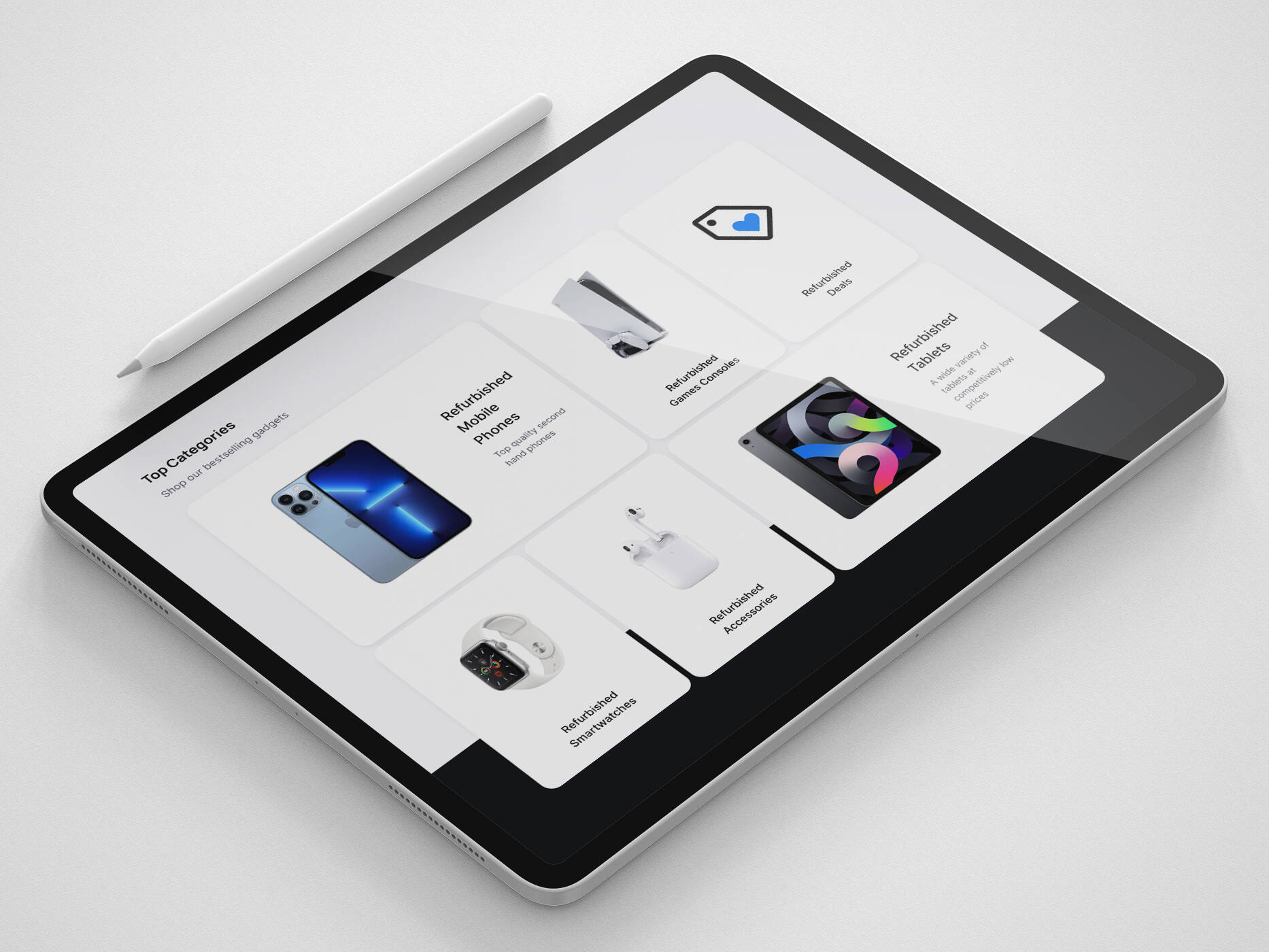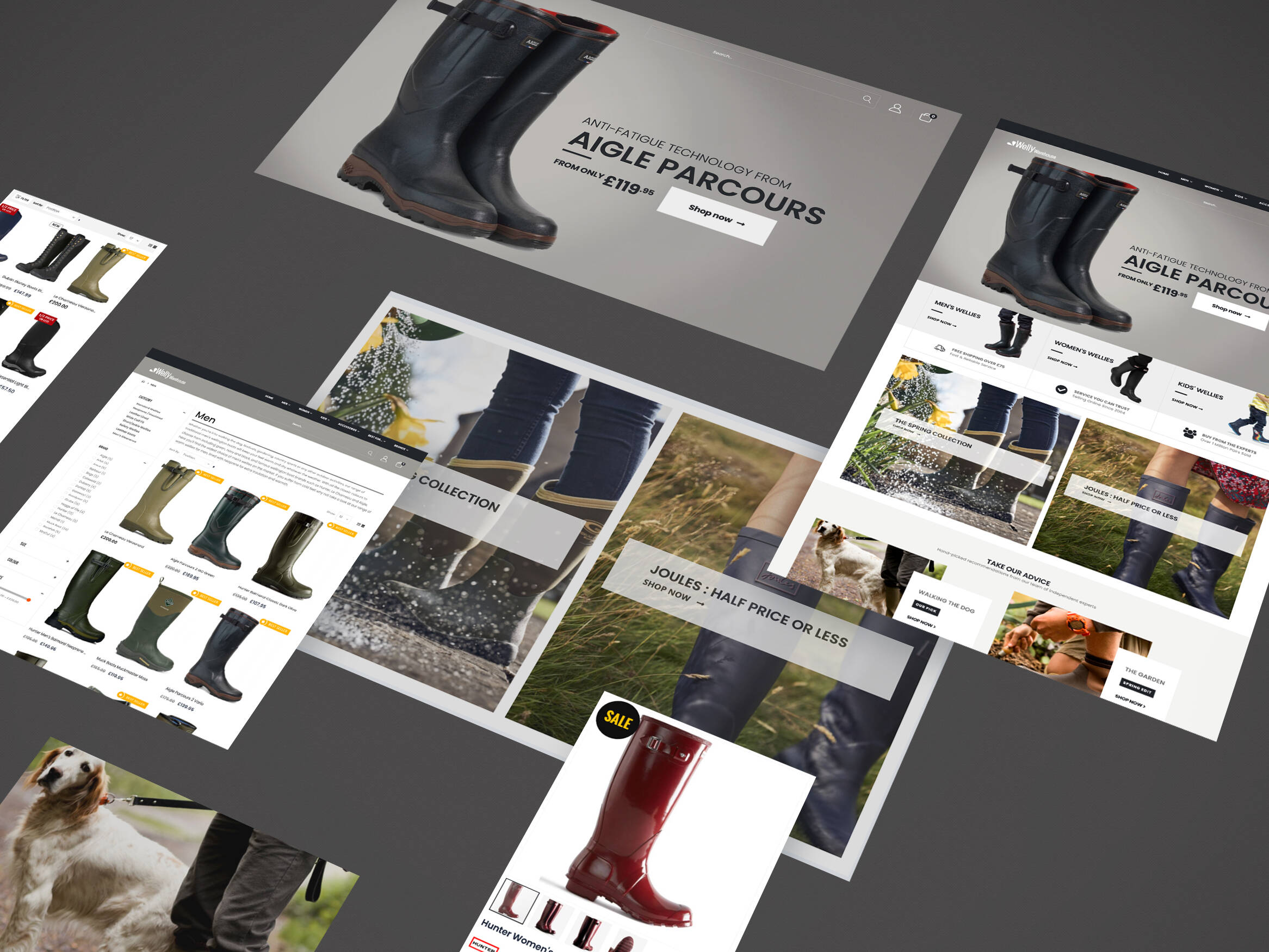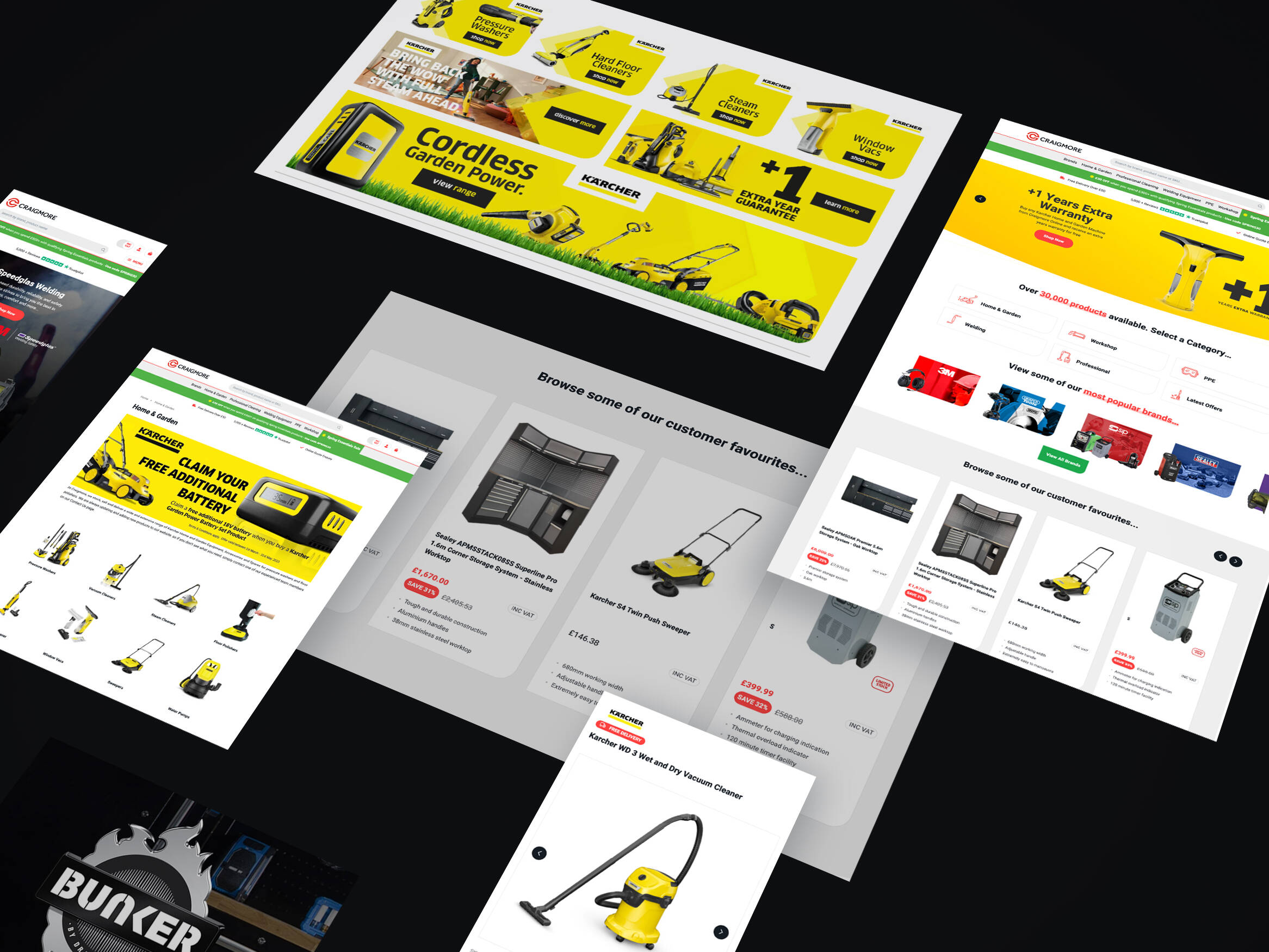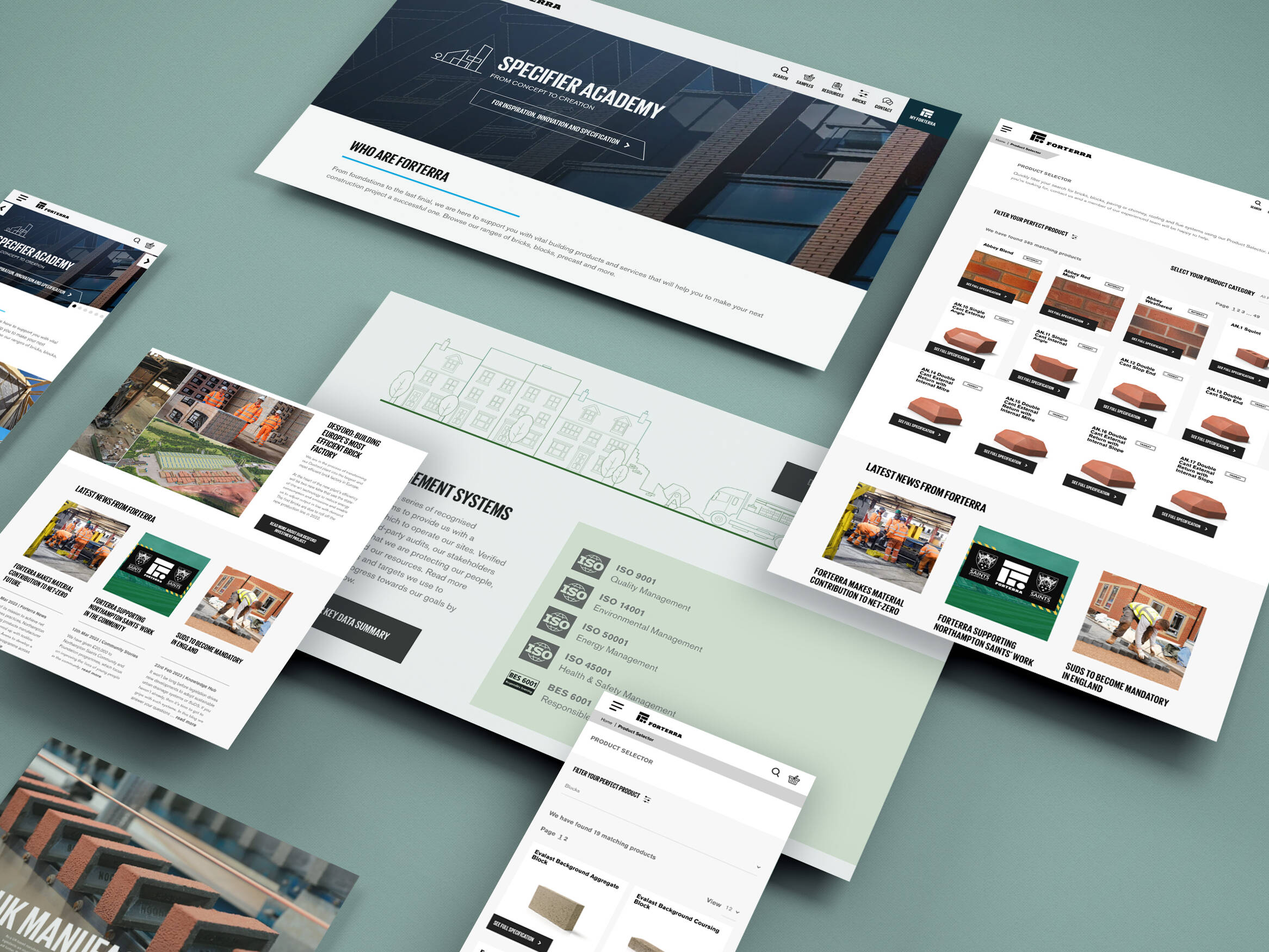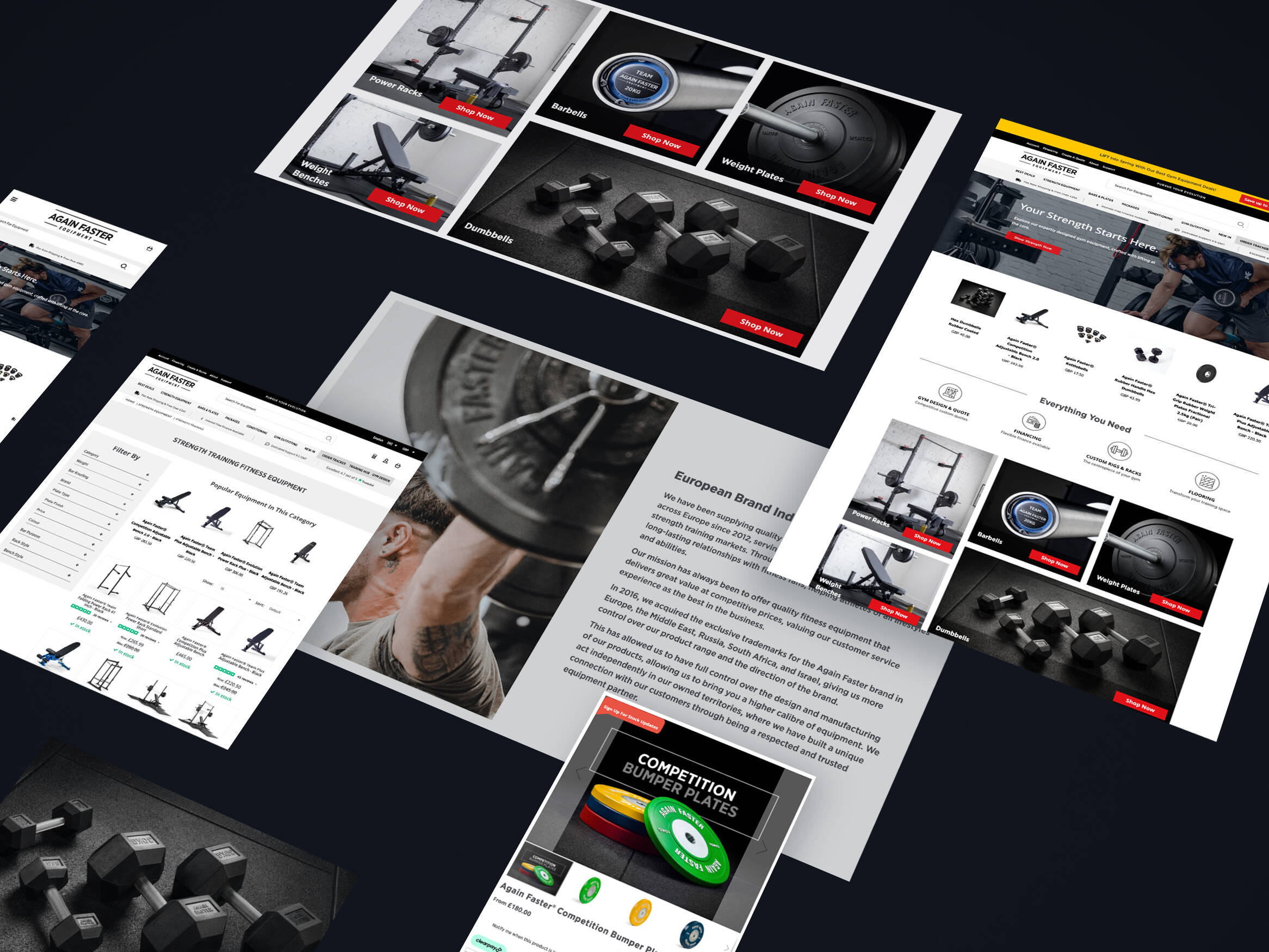For many years ecommerce has been considered a predominantly B2C experience, with businesses selling goods such as clothing, homeware and electricals to individuals. However, it’s becoming increasingly common for B2B companies to move away from pro formas and account managers to carry out transactions online.
Given the high expectations B2C consumers have of online experiences, it’s no surprise that this translates into the B2B arena when the same individuals are shopping online, even if it’s in a work capacity.
Although the needs might differ, there are still steps B2B website owners need to comply with to ensure their site is a success and can convert customers successfully.
With that in mind, here are 15 features of great B2B ecommerce websites which you should ensure your website offers.
1. Password protected access
Unlike B2C websites, which are able to prominently rave about low prices and finding the best deals, B2B sites tend to be a bit more reserved.
Many websites opt to withhold their pricing strategies from public view by implementing a password protected user area to give access to approved customers only.
This is especially important if your business sells to a network of dealers or resellers, or if you’re particularly competitive with your pricing and want to keep your cards close to your chest.
2. Advanced and sophisticated search
If you’re dealing with a large catalogue, you want to to make it as easy as possible for your customers to find exactly what they’re looking for quickly.
Investing in a specialised search facility on your website can take your product visibility to the next level, rather than relying on out of the box functionality.
Implementing intelligent search solutions such as Algolia can allow users to filter search results and find what they’re looking for.
These smart integrations offer features like fuzzy search functionality to pick up common typos, autocomplete search strings or even pull through related product images and categories to make product discovery a breeze.

Further reading: 4 Of The Best Magento eCommerce Search Extensions
3. Detailed product information
For most B2B businesses, it’s simply not enough to just list a product name and image on a product page and expect the orders to roll in.
Compiling a compelling array of product data, whether that’s dimensions, MPNs or spec sheets can all help to convert customers better.
Using a PIM system such as Akeneo will help you to manage this data more easily and push across multiple sales channels and marketplaces to widen your target audience and revenue streams.
Further reading: iWeb Bag The Akeneo Gold Partners Badge
4. In-depth product images
Purchasing without being able to physically handle or see a product is always a downside of placing an order online.
For B2B websites which might deal with intricate components, providing a high level of detail in your product imagery can make all the difference rather than relying on CG or stock imagery.
Including a 360 view of your product, high definition close-ups or even a video are all great examples of this in practice.
5. Order tracking
If the level of anticipation you get when waiting for a delivery of B2C goods is high, imagine what it’s like for B2B orders with the pressure of managers, warehouse staff and accounts chasing you too.
Even though it might be commonplace to send an email with a tracking number to your customers, think about how you can exceed their expectations.
An online order tracker showing each step of the order process and its current progress can be incredibly useful for stakeholders at your customer’s company, not just to the name provided on the order.
6. Secure, flexible payment portals
Whilst most B2C transactions require immediate payment (or payment at despatch if you’re Amazon), B2B transactions don’t always have to comply the same way, with extended credit terms a good barometer of trust between a company and their clients.
Offering flexible payment options for credit, debit and even BACS payments alongside offline transaction terms can help your customers checkout with a solution that suits them.
Further reading: What Is Carding, And How Can You Prevent It?
7. Include a VAT price toggle
For most B2B websites, it’s almost expected that all prices shown will be exclusive of VAT.
Although it might not be top of your spec list, it’s always helpful to show prices inclusive of VAT too.
This will provide a better user experience and reduce the risk of your visitors leaving your site to go and find a VAT calculator elsewhere. A simple yet effective toggle in the header of your site can do the trick.

8. Discounts for bulk buy
As B2B customers tend to place orders for large, bulk purchases rather than for individual items it can be a good idea to offer discounts depending on the quantity ordered.
This is especially useful if you’re shipping cartons or pallets where selling an extra batch of products won’t affect the carriage costs.
Make sure your pricing structure and sales channel allow you to apply discounts based on quantity ordered to make it worth your while.
9. Real-time inventory levels
There’s nothing worse than placing an order only to be informed that not all of the items are in stock.
Not only will it cause more customer service issues, but your customers trust in your company will start to degrade.
Real-time inventory updates on product pages let customers know exactly where they stand and help you avoid the risk of overselling stock and disappointing potential buyers.
10. Re-order or quick order functionality
Placing large orders with multiple SKUs can become arduous if not handled correctly.
Providing a bulk order form so that customers can add products by part number or SKU and being able to quickly change the order quantity for each line can streamline this process and expedite the checkout experience.
For extra brownie points, allow your customers to reorder previous transactions from within their account area and make repeat purchases easy.
11. Live customer support
If you consider how stressful buying new trainers online can be, imagine the pressure associated with purchasing hundreds of spare parts for machinery in a factory.
Having an FAQ or contact page to help deal with queries is a must, but implementing a live-chat facility means you can engage inquisitive customers quickly and capture sales with ease.
Further reading: Why Your Customer Support Response Times Are Costing You Sales
12. Request a quote
Following on from live-chat, it’s also a good idea to implement a ‘request a quote’ facility if you have a complex ordering process or deal with huge quantities.
A quick form or enquiry button situated on your quick order functionality can help to make enquiring a breeze and make lead generation for your sales team extremely easy.
13. Flexible checkout
The checkout is a crucial element of every eCommerce store, and for B2B stores this can become even more complicated.
Reducing the risk of cart abandonment is a high priority for every website, so including factors such as guest checkout, flexible payment options, being able to retrieve address information or even repeating previously placed orders can all be key elements.

14. Minimum order quantity
If you predominantly sell your products in wholesale quantities then you don’t want to waste your time shipping ones and twos in tiny orders.
If you do opt for this, make sure you set the minimum order levels at product level for quantity or set a minimum order amount for a total order value.
You must communicate any limits clearly on your product pages so your customers aren’t disappointed if they fall under the threshold and start abandoning baskets and checkouts unnecessarily.
15. Mobile first design
Last but by no means least, it’s crucial that your B2B commerce website is geared up to serve mobile users.
Not only will this appease Google, whose algorithm changes over the last few years have moved towards this “mobile first” approach but makes it far easier for your customers to browse and buy.
61% of products researched in a web capacity online are done using a smartphone, so don’t miss out.
Further reading: 7 Magento SEO Tips To Increase Your Site’s Rankings
Key takeaways
It’s important to note that not all of these points will be applicable to every website.
The best online experiences always cater to the needs of their users first and foremost, balancing form and function with style and substance.
To learn more about how to take your Magento B2B commerce website to the next level, contact one of our experts today.
Get in touch
We know commerce, let us help you improve customer experience, increase conversion rates, and make that digital change.
- hello@iweb.co.uk



